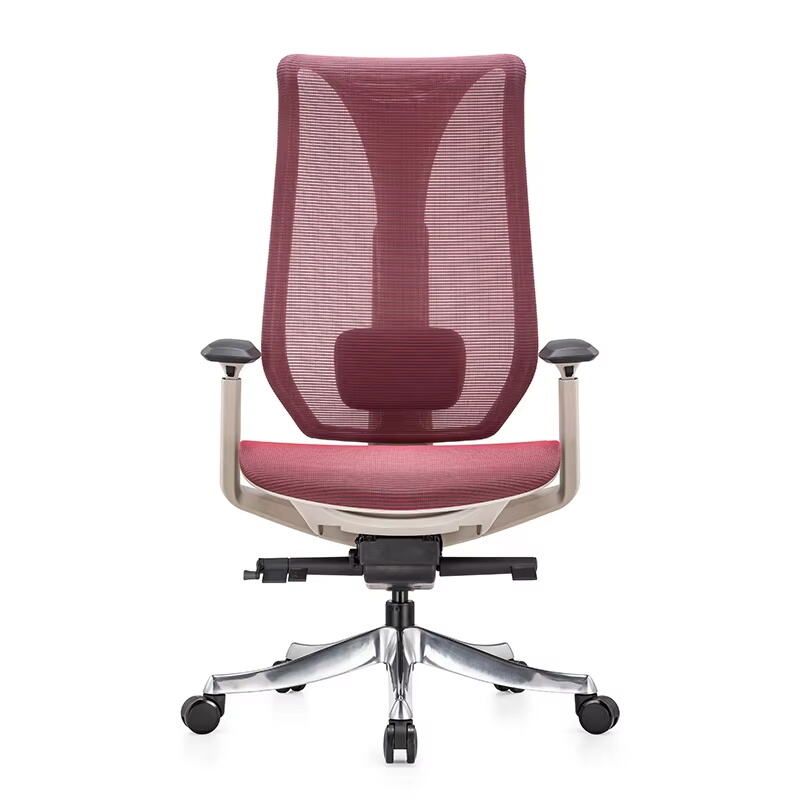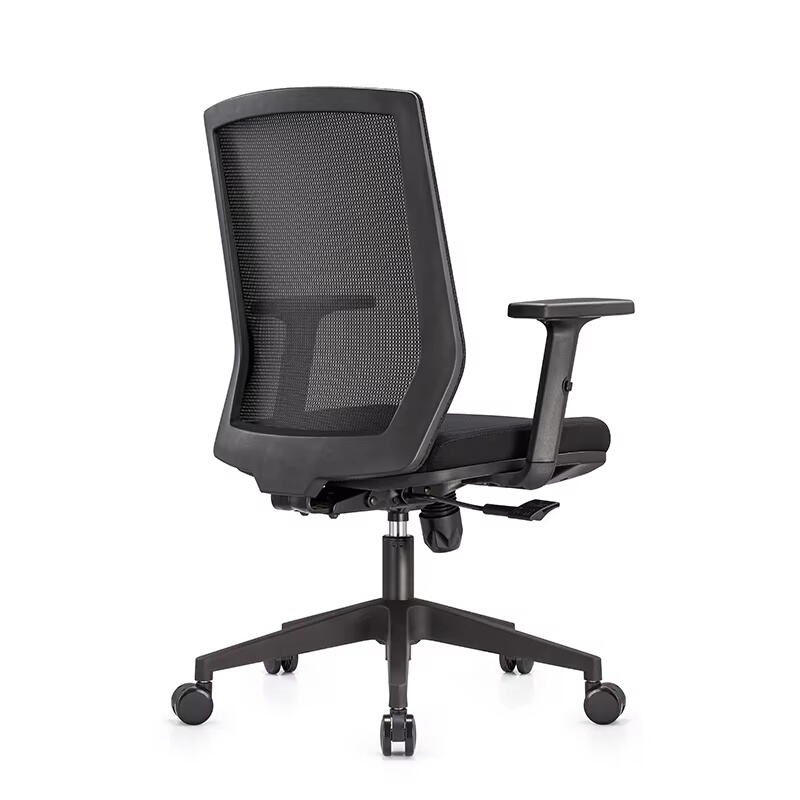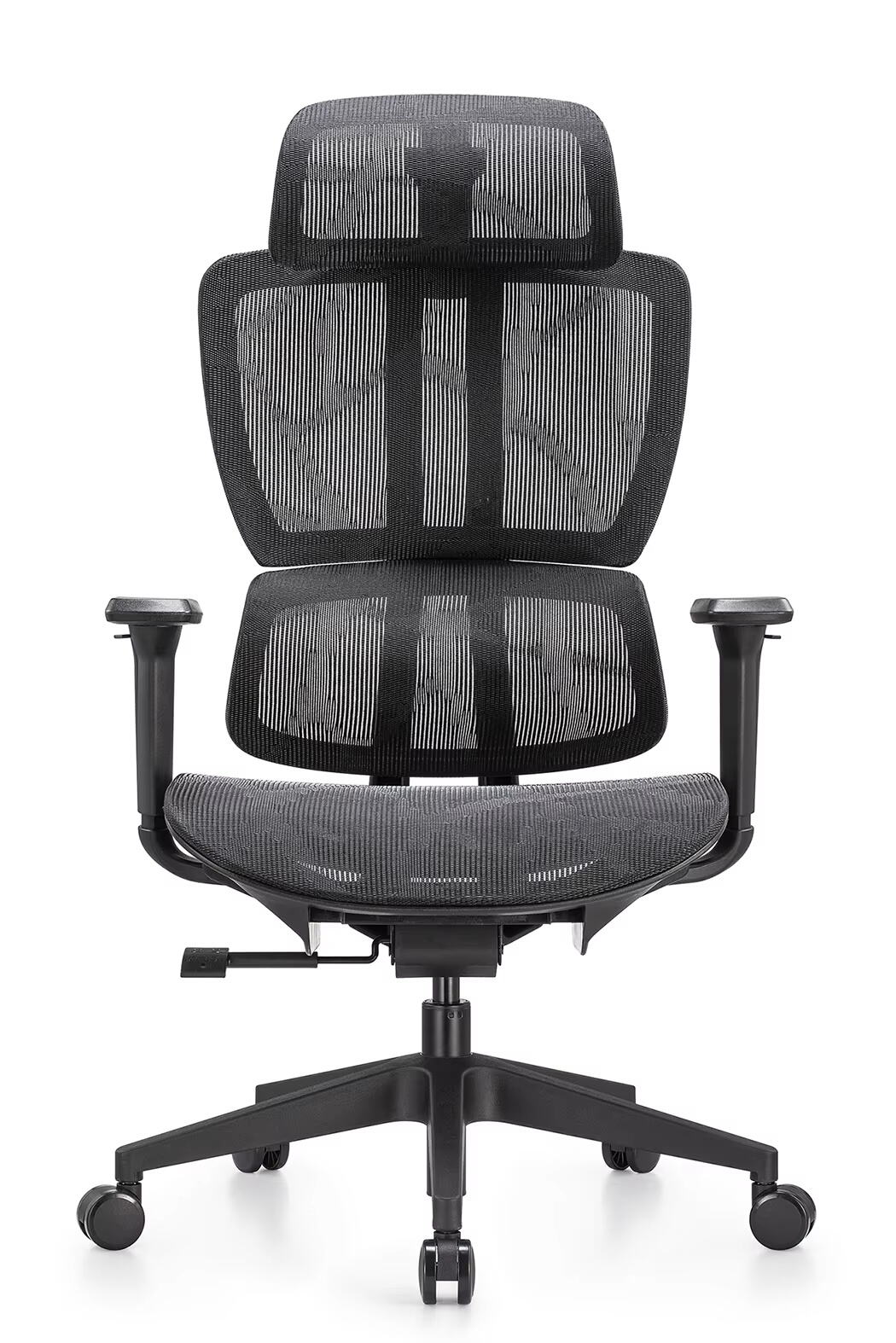
The Role of Comfort in Workplace Productivity
In modern workplaces, where extended hours of desk work have become the norm, physical well-being is closely linked to professional output. One of the essential yet often overlooked components of a productive office environment is seating. The use of ergonomic chairs for office settings has become increasingly popular as businesses and individuals seek ways to support health while boosting efficiency. From improving posture to minimizing discomfort, ergonomic chairs for office use offer practical solutions that impact both physical comfort and long-term wellness.
Health and Posture Benefits
Promoting Spinal Alignment
Ergonomic chairs for office use are specifically designed to support the natural curvature of the spine. These chairs usually feature adjustable lumbar support, which helps maintain the S-shape of the spine and reduces pressure on the lower back. When seated for long periods, proper spinal alignment is crucial to prevent chronic back pain and muscular fatigue.
Reducing Strain and Discomfort
Sitting for hours on poorly designed chairs can cause pain in the neck, shoulders, and hips. Ergonomic chairs for office work offer multiple adjustable components, such as armrests, headrests, and seat depth, allowing users to tailor their chairs to their body dimensions. This level of personalization decreases pressure on key muscle groups, promoting more relaxed and strain-free seating.
Increased Productivity and Focus
Enhanced Comfort Equals Better Concentration
Physical discomfort can significantly affect mental clarity and focus. Employees who are constantly shifting in their seats or battling aches are less likely to maintain sustained concentration. Ergonomic chairs for office environments mitigate these issues by offering superior comfort that allows workers to remain focused on their tasks.
Minimizing Downtime Due to Fatigue
Fatigue and burnout can stem from physical discomfort as much as from mental overload. Ergonomic chairs for office settings are built with fatigue-reducing features such as breathable materials, seat padding, and reclining functions that encourage periodic movement. These aspects help workers maintain their energy levels throughout the day.
Customization and User Control
Adjustable Features for Individual Needs
No two bodies are exactly alike, and ergonomic chairs for office users account for that by offering a wide range of adjustable features. Seat height, armrest position, backrest tilt, and lumbar support can usually be modified to suit each individual. This customization ensures a better fit and greater comfort for users of various sizes and preferences.
Supporting Various Workstyles
Whether someone is leaning forward to type or reclining during a video meeting, ergonomic chairs for office setups accommodate different working styles. Dynamic seating encourages natural movement, helping prevent stiffness and enhancing blood circulation, which is particularly beneficial for those spending long hours at a desk.

Long-Term Cost Efficiency
Reducing Health-Related Expenses
Work-related injuries and chronic conditions like back pain can lead to increased healthcare costs and time off work. By investing in ergonomic chairs for office settings, companies and individuals can proactively reduce the risk of such issues. This preventive approach often translates into lower long-term medical costs and improved overall wellness.
Durability and Quality Materials
Ergonomic chairs for office use are often constructed with high-quality materials designed to withstand daily wear and tear. While the upfront cost may be higher than standard chairs, the longevity and durability of ergonomic options make them a worthwhile investment in the long run.
Psychological and Emotional Well-being
Creating a Supportive Work Environment
A comfortable work setting can positively affect mood and morale. Providing ergonomic chairs for office employees demonstrates a company’s commitment to worker health and satisfaction. When employees feel supported, their engagement and loyalty often increase.
Alleviating Stress and Discomfort
Physical pain can contribute to emotional stress and reduced job satisfaction. Ergonomic chairs for office settings alleviate common discomforts, which helps reduce stress levels. The combination of physical ease and mental calmness can lead to a more balanced and enjoyable workday.
Eco-Conscious and Sustainable Choices
Environmentally Friendly Designs
Many modern ergonomic chairs for office use incorporate sustainable materials and eco-conscious production practices. From recyclable components to low-emission manufacturing, choosing environmentally friendly ergonomic chairs supports broader sustainability goals without compromising comfort or performance.
Long-Term Usability Reduces Waste
Because ergonomic chairs for office settings are built for longevity, they contribute less to landfill waste compared to cheaply made alternatives. Their durability means fewer replacements are needed, resulting in a lower environmental footprint over time.
Adaptability for Hybrid and Remote Work
Suitable for Home Offices
With remote work becoming more prevalent, investing in ergonomic chairs for office use at home is increasingly relevant. These chairs bring the same support and functionality found in corporate settings to the home, improving posture and productivity for remote workers.
Versatility Across Different Settings
Whether in traditional offices, co-working spaces, or home environments, ergonomic chairs for office needs offer unmatched adaptability. Their sleek designs and functional features make them suitable for a variety of workspaces without sacrificing style or performance.
FAQs
How do ergonomic chairs for office use improve posture?
Ergonomic chairs support spinal alignment through adjustable lumbar support, seat height, and backrest tilt, encouraging a healthier sitting posture.
Are ergonomic chairs for office work worth the higher cost?
While initially more expensive, ergonomic chairs offer long-term health benefits, reduced fatigue, and lower replacement frequency, making them a valuable investment.
Can ergonomic chairs for office settings reduce back pain?
Yes, these chairs are designed to minimize lower back strain by supporting the spine’s natural curve and distributing body weight evenly.
What features should I look for in ergonomic chairs for office use?
Look for adjustable lumbar support, seat height, armrests, and breathable materials. These features ensure a customizable and comfortable seating experience.











